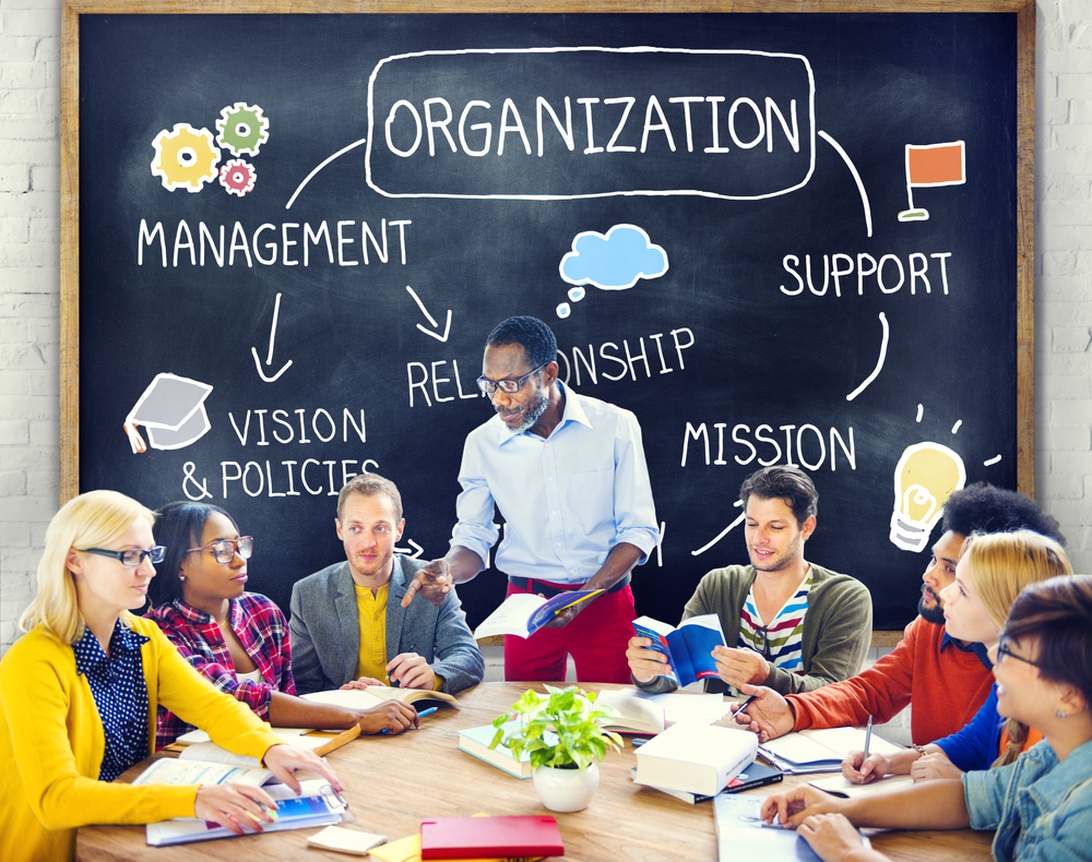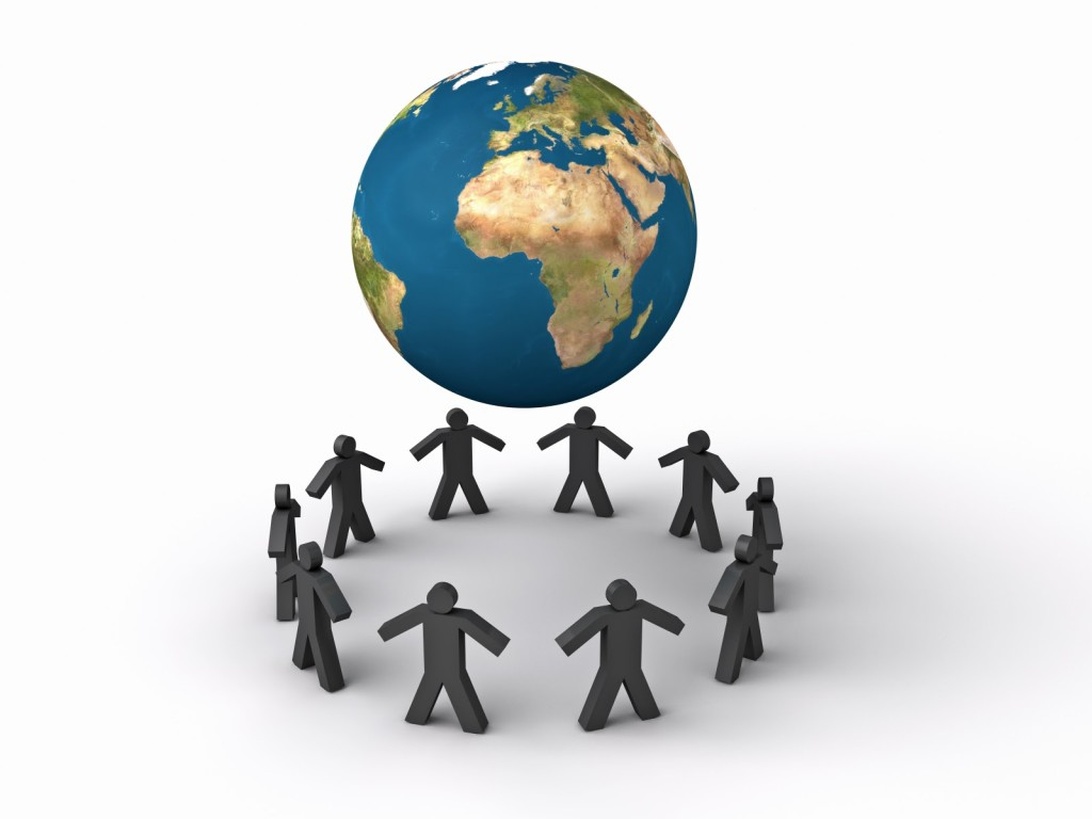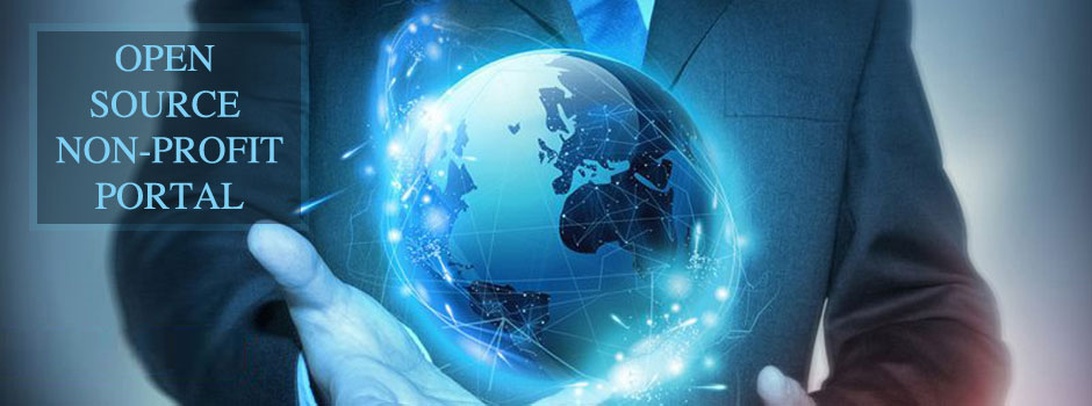How NGOs Can Leverage Digital Tools for Effective Communication Campaigns
In today’s hyper-connected world, the digital landscape is no longer a secondary frontier for non-governmental organizations (NGOs); it is the primary arena for engagement, fundraising, and advocacy. For an NGO to not only survive but thrive, a sophisticated approach to digital communication is essential. The era of simply having a website and a social media profile is over. Success now hinges on the strategic integration of a diverse suite of digital tools to create a cohesive, data-driven communication ecosystem. This shift requires moving beyond siloed activities and viewing communication as a central strategic function that drives every aspect of an organization’s mission, from mobilizing volunteers to influencing policy and securing vital funding.
Building the strategic foundation for digital success
Before an NGO can effectively leverage any digital tool, it must first lay a solid strategic groundwork. Too often, communication teams are viewed as a service function, tasked with creating flyers or posting updates, rather than as strategic partners integral to the organization’s success. To change this perception and achieve real impact, communication must be woven into the very fabric of the organization’s planning. This begins with establishing a clear, comprehensive marketing and communications plan that acts as a roadmap for all digital efforts. This plan must be built upon a deep understanding of the organization’s overarching goals, ensuring that every campaign, post, and email serves a purpose.
Defining goals and understanding your audience
The cornerstone of any effective strategy is the definition of SMART goals: Specific, Measurable, Achievable, Relevant, and Time-bound. Are you aiming to increase online donations by 15% in the next quarter? Recruit 50 new volunteers for an upcoming event? Or raise awareness about a specific policy issue to influence decision-makers? Clear objectives allow you to measure success and demonstrate the value of your communication efforts. Equally critical is a profound understanding of your various audiences. An NGO communicates with multiple groups—donors, volunteers, beneficiaries, corporate partners, and the general public—each with unique motivations and needs. Developing detailed audience personas, often managed within a CRM system, helps in tailoring messages and selecting the right channels to ensure your communication resonates and inspires action. A consistent core message, adapted for each audience, ensures that your brand identity remains strong and coherent across all platforms.

Successful communication is not accidental; it is the result of meticulous planning and collaboration. By aligning communication with organizational vision, mission, and support structures, NGOs can transform their outreach from a series of disconnected tactics into a powerful, unified strategy that drives tangible results.
Mastering the core channels of the digital ecosystem
With a solid strategy in place, the focus can shift to mastering the key digital channels that form the backbone of modern NGO communication. These platforms are not isolated islands but interconnected parts of a larger ecosystem, each playing a distinct yet complementary role in engaging audiences and achieving campaign goals. An effective omnichannel strategy ensures a seamless experience for supporters, meeting them where they are and nurturing the relationship across multiple touchpoints. The goal is to create a powerful synergy where the website, email, and social media work in concert to amplify the organization’s message and impact.
The website as the central hub
An NGO’s website is its digital home base—the central repository for information, resources, and calls to action. It must be more than just a digital brochure; it should be a dynamic and engaging hub that serves all key audiences. For many organizations, the website is a critical fundraising tool. Studies show that online giving constitutes a significant portion of revenue, and 17% of online donors state that an organization’s website is what inspires them to give. Therefore, optimizing the donation page is not just a technical task but a crucial communication strategy. A clean, mobile-responsive design, often enhanced with compelling visuals created with user-friendly tools like Canva, and a simple checkout process can dramatically increase conversion rates. Furthermore, using SEO tools like Moz or Semrush to improve search rankings ensures that your site is visible to those seeking to support your cause.
The enduring power of email marketing
Despite the rise of social media, email remains one of the most effective communication channels for NGOs, particularly for fundraising. Research indicates that 33% of online donors are inspired to give by an email message, making it a powerful tool for direct response. The true strength of email lies in its personal nature. Unlike the public forum of social media, email allows for direct, one-to-one communication. By leveraging a CRM and email platforms like Mailchimp or ActiveCampaign to segment lists based on donor history or interests, NGOs can send highly personalized and relevant content. This could range from targeted fundraising appeals and campaign updates to automated welcome series for new subscribers, fostering a deeper, more loyal relationship with supporters over time.
Strategic social media engagement
Social media is the public square of the digital age, offering unparalleled opportunities for brand awareness, community building, and advocacy. However, the era of easy organic growth is over. A successful social media strategy requires a concerted effort to create and distribute valuable, original content. Studies show that original content generates nearly double the engagement of shared third-party content, and video, in particular, consistently outperforms static images. Leading NGOs use platforms like Facebook and LinkedIn not just for fundraising, but primarily to raise awareness, share powerful testimonials, and drive social change. Building a community of advocates who will champion your cause online is a powerful asset. By fostering genuine conversations and showcasing the human impact of your work, you can transform passive followers into active supporters.

By effectively utilizing these core channels, NGOs can build a global community united by a shared mission. This digital ecosystem enables organizations to transcend geographical boundaries, fostering cooperation and mobilizing support on a worldwide scale.
Integrating tools for a seamless communication machine
To truly unlock the potential of digital communication, NGOs must move from using a collection of individual tools to building an integrated technology stack where data and workflows are seamlessly connected. An integrated approach breaks down internal silos between fundraising, marketing, and program teams, ensuring a single, unified voice across all external communications. This creates efficiencies, provides deeper insights into audience behavior, and ultimately leads to more effective campaigns. The core of this integrated machine is often a robust Customer Relationship Management (CRM) system, which serves as the central nervous system for all stakeholder data.

A CRM enables an NGO to maintain a comprehensive view of every interaction a supporter has with the organization. This data is invaluable for personalizing communication at scale. Complementing the CRM are specialized tools for social media management (like Hootsuite or Sprout Social) and powerful analytics platforms like Google Analytics. However, managing multiple disparate systems can create inefficiencies. This is why many organizations are turning to all-in-one platforms. For instance, NGO Online provides specialized management software designed for the non-profit sector. These solutions centralize program management, data analysis, and reporting, providing a holistic view of the organization’s impact and simplifying the complex task of managing a modern NGO.
Embracing the future with AI
The next evolution in this integrated approach is the adoption of Artificial Intelligence (AI). Far from being a futuristic concept, AI is rapidly becoming an indispensable tool for marketing and fundraising in the nonprofit sector. In fact, AI literacy is considered a must-have skill for professionals in 2025. AI-powered tools can analyze vast amounts of donor data to predict giving patterns, personalize outreach at an unprecedented scale, and automate routine communication tasks, freeing up staff to focus on strategy and relationship-building. From chatbots that provide instant support to platforms that optimize fundraising campaigns in real-time, embracing AI is no longer just an advantage; it’s a necessity for future-proofing an NGO’s communication efforts.
Beyond communication driving tangible outcomes with digital integrity
Ultimately, the purpose of leveraging digital tools is not just to communicate more effectively but to drive tangible outcomes that advance the NGO’s mission. A powerful digital presence can do more than just raise funds; it can build a movement, shape public opinion, and create a culture of transparency and trust. This requires a commitment to digital integrity, which means communicating with authenticity and respecting the dignity of beneficiaries, in line with principles of human dignity outlined by global bodies like the United Nations. Establishing strict ethical guidelines for using images and stories, especially when working with vulnerable populations, is paramount.
A core part of this integrity is ensuring digital inclusion. An NGO’s message of support and change must be accessible to everyone, including individuals with disabilities. This means designing websites and digital content that are compliant with standards like the Web Content Accessibility Guidelines (WCAG). Using tools that check for accessibility and provide features like adjustable fonts, text readers, and image descriptions ensures that no one is excluded from your community. Staying informed through dedicated resources like Nonprofit Tech for Good is crucial for keeping up with best practices in this area. In the end, digital tools are simply the means to an end. Their true power is realized when they are used not just to broadcast a message, but to build an inclusive community, foster genuine connections, and empower people to become part of the solution. This is how digital communication transcends marketing and becomes a catalyst for real-world change.



